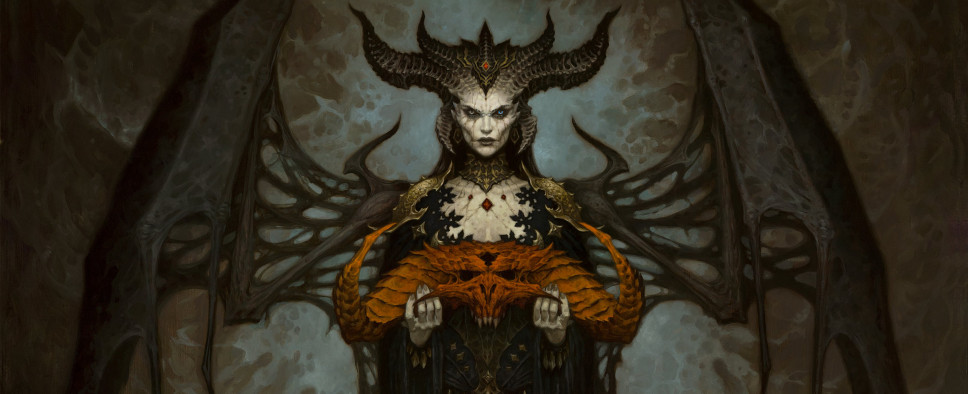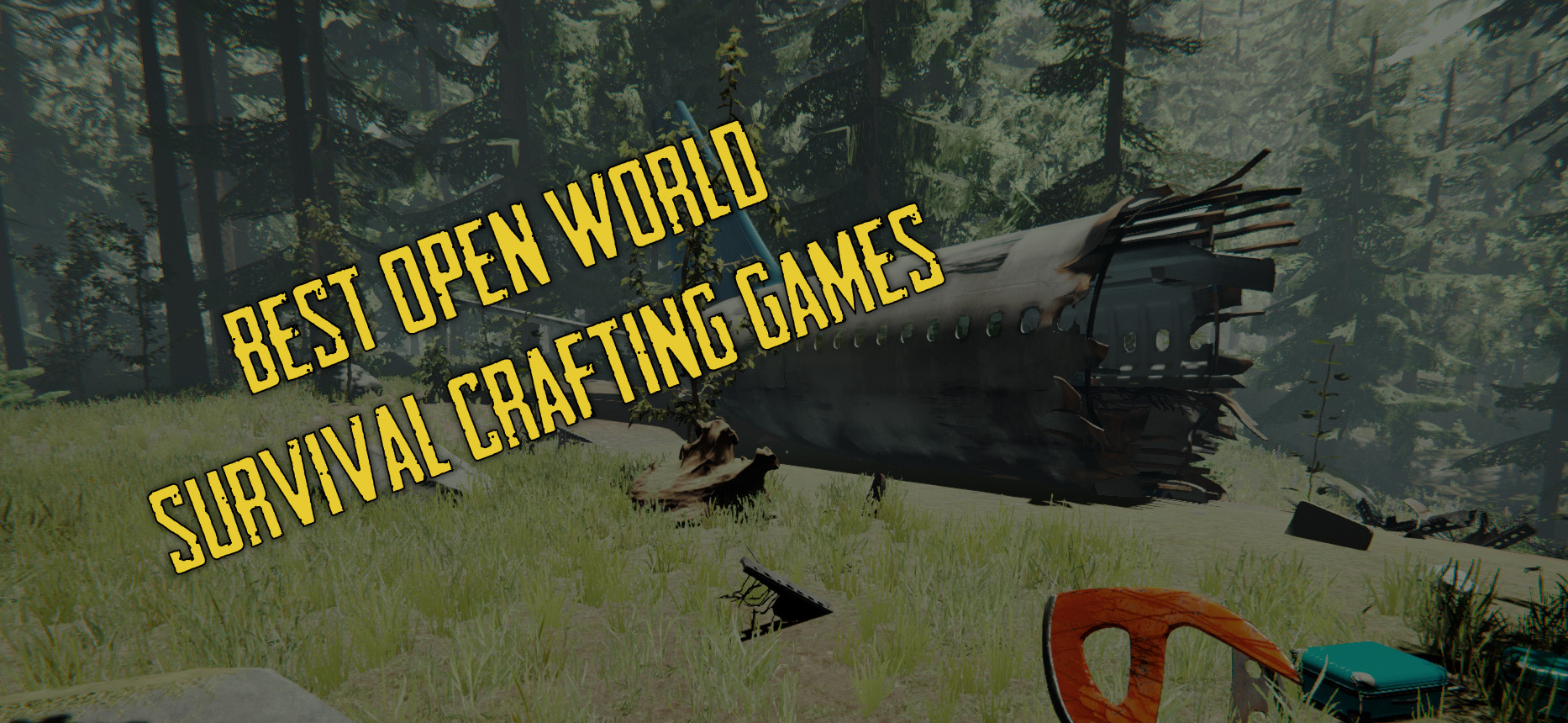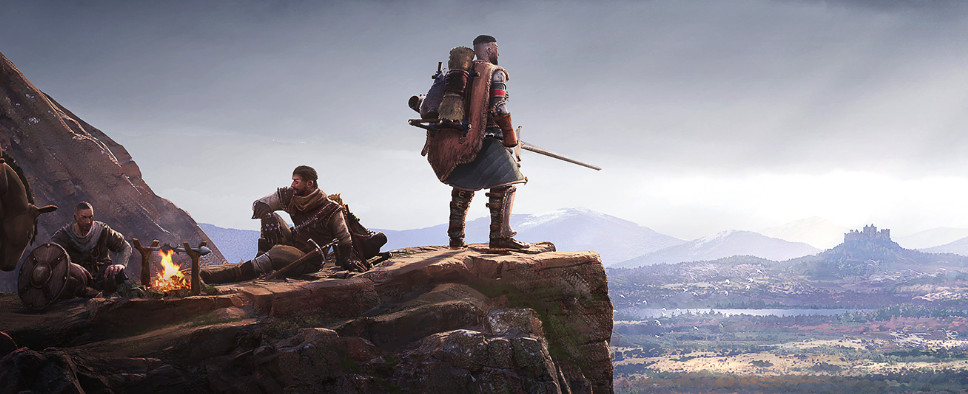During this year’s Blizzcon, we got the official announcement for Diablo IV, the next main entry in Blizzard Entertainment’s genre-defining action-RPG series. And if you’d like to learn a thing or two about how this game currently looks and plays, you should check out the previews below. First, there’s VentureBeat with a general preview that highlights Diablo IV’s grim nature:
Diablo IV has a more realistic look compared to the almost cartoon-like proportions and creatures of Diablo III. Monsters and humans now have enough detail to make the violence more impactful. I also enjoyed seeing my characters smeared in blood after a tough battle. I feel less like a kid breaking a bunch of piñatas and more like a warrior fighting for his life.
Diablo II always made you feel a bit uneasy when you played it. It’s world was grim and filled with despair. Diablo IV is giving me those vibes again.
Gameplay-wise, however, Diablo IV is leaning much closer to Diablo III. Combat is fast-paced and flashy. As the Druid, my skills focused on animals and nature. I had two pet wolves that would attack enemies on their own, or I could direct toward a specific foe. I could also summon a boulder that would roll in the direction I’m aiming, pushing enemies it hits back while damaging them. Another skill had me briefly transform into bear and charge forward.
They also have this interview with the game’s lead systems designer David Kim and lead lighting artist Sean Murphy that focuses on the differences between Diablo III and Diablo IV:
GamesBeat: I’m excited to see the Druid return. Why are you bringing this class back?
Murphy: The Druid actually — obviously the Druid is a favorite. Everyone loves a Druid. But we actually had a concept piece that got done a while back by somebody in house that gave him a bit of a different look, perhaps, to how he looked in D2.
Once that piece went up, it was like, okay, we’re going, we gotta do this. What with the new engine and all that, it was a good opportunity for — at least from an art standpoint, with the Druid, for the character team to go all in. On the front end he’s got the fur, the dogs, it looks super cool.
Then, there’s this PC Gamer article that revolves around the game’s online elements:
The seamless MMO-ey stuff is in the demo, and might be the biggest change. While walking to a quest marker, I ran into two other players at the event. They fought alongside me for a little bit, silently. During a bit of commotion while I zapped a horde of nasties, they ran ahead and I never saw them again. A tip later showed me that I should press ‘O’ to group with players who appear nearby.
One of the concerns discussed during a group interview I attended was the challenge of balancing the sense of desolation Diablo’s landscapes are meant to evoke and the presence of random other players. As part of that thinking, they don’t want multiplayer world events to require too many players.
I wonder if desolation and seamless multiplayer can really coexist, though. The world felt pretty desolate until I saw other players bolting around the first town I encountered, and then running toward the same boss I was. When I encountered that boss—the unremarkable, jelly-filled Merinth of the Deep—I thought about how they’d already slain her in their timeline. I thought of World of Warcraft, and of Disneyland (it’s hard not to in Anaheim). There’s no queuing or anything like that, but seeing players who are clearly on the same quest, but aren’t a permanent part of my world, reminds me that this isn’t just my adventure.
That article is followed by this one that explains how the open world will work in Diablo IV:
Diablo 4 lead designer Joe Shely and executive producer/Blizzard co-founder Allen Adham tell me that maintaining the right mood is important to them, too, even if an online world is part of the game’s vision. Here are a bunch of details about the workings of that world, difficulty levels, and dungeons that came out of my brief interview with the duo:
- Because the open world is shared, there are no game-wide difficulty levels. Hardcore (permadeath) mode was mentioned in yesterday’s group interview, though.
- Enemy levels scale so that friends can always play together, but some areas are meant to be more difficult than others, so players can seek out more or less challenge depending on where they go.
- Scaling won’t stop you from becoming more powerful by finding better gear, says Shely.
Gamasutra offers their article based on an interview with David Kim and Sean Murphy that goes over Diablo IV’s looks and systems:
He pointed out a balance change they made in the Artifact and Azerite weapon systems that allowed players to cap out their total power, instead of endlessly grinding for loot. “So that makes me thing, ‘okay, is the endless grind that we had in [Diablo III’s] paragon system, is that the right call? Or is there something cool about having a cap to it too?
According to Kim, he brought that idea back to a Diablo design meeting, that helped the team challenge some of their assumptions about how Diablo handles progression. “We never looked at it that way, we just assumed endless grind is the best.”
“But that capped feeling gives players a sense of ‘okay, I did it, I’m super powerful now, let me use all the cool things I’ve learned. If you have an endless system it’s “I’m always chasing after something that I can never achieve.'”
Kim says Blizzard hasn’t quite figured out how it would want to implement a system like that, but it’s a clear example of ways the developer is trying to keep Diablo feeling fresh.
Eurogamer brings us a detailed overview of Diablo IV’s systems as well as some quotes from the game’s developers:
But you won’t see other players all the time because Blizzard doesn’t want that. “Your dungeon experience will be the same as it’s been in the past,” said Tiffany Wat: “a privatised instance for you. If you choose to invite some friends, or people you meet in social hubs, you can do that, but you determine how you experience that.
“When we talk about the world of Sanctuary and the tone we’re going for – that feeling of dread, isolation, desolation – it’s not a great place to be, so we want to make sure we maintain that feeling as you’re adventuring because that’s just core to the story we want to tell.
“But if you come upon an event that’s more difficult, say like Ashava, the world boss, that is a situation where our engine allows us to seamlessly bring other players in. Whether you choose to group up with them, or if you go there solo, there will still be other people that have chosen to go fight that boss.”
And Forbes shares their impressions and an overview of the game’s loot system. Here’s a bit on the latter:
As you can see this Mythic amulet that was shown off has four legendary passives on it. As such, you can only wear one Mythic item at a time, kind of like a Destiny exotic. These don’t really appear to be “themed,” as in all four legendary passives increase the same kind of thing, so it might be an objective to make your Mythic item properly synergize with the rest of the build through its random rolls. I like that idea. I’m not sure if this is pulling legendary perks from existing legendaries, or if they have their own, special ones.
Finally, we have the return of Runewords. I am still scarred from Diablo 2 when I spent a month trading up for a Zod rune, only to find it was a dupe. Hopefully that will not happen this time around.
This is a rather clever system as the rune chain together in an interesting way that allows for pretty deep customization. In the example you have one rune that says something like “Every three seconds without moving, activate the next socketed rune,” and then the next rune in the chain could be “gain a random shrine effect for seven seconds.” And depending on how many runes you slot in, you could create a truly wild item that stacks all sorts of triggers and bonuses and is unique from something anyone else is using. That seems pretty rad.




